You Will Need:
- Plastic cups x2
- One marker pen
- One tablespoon
- One teaspoon
- 100g of cornflour
- 100g of Borax
- 100mL of PVA glue (we have found that Elmer’s Glue works best)
- 100mL of hot water
- Food Colouring
- Adult help

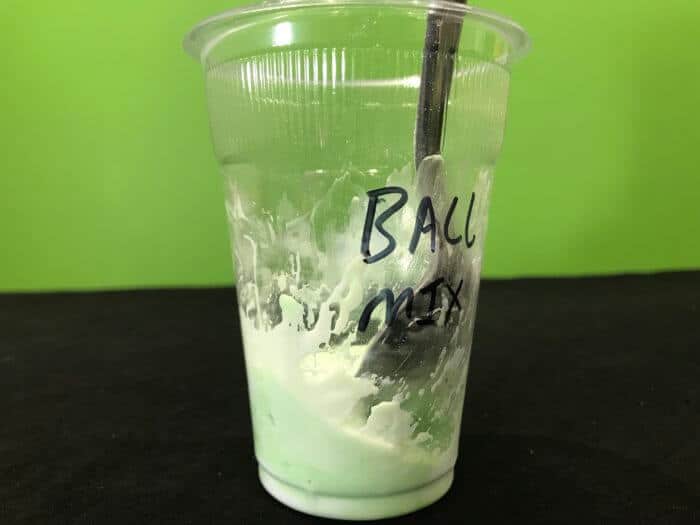
Using a spoon, thoroughly stir the material in the cup labelled “ball mixture.”
Once the mixture is too thick to stir, scoop it out and roll it in your hands. At first it will be sticky and messy, but as you knead it will become easier to work with.
You may need to experiment with different amounts of cornflour as the glue recipes can change over time (and different brands have different amounts of each ingredient in them).
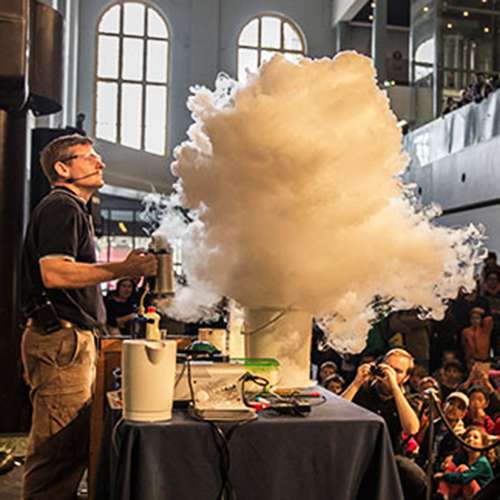
School science visits since 2004!
– Curriculum-linked & award-winning incursions.
– Over 40 primary & high school programs to choose from.
– Designed by experienced educators.
– Over 2 million students reached.
– Face to face incursions & online programs available.
– Early learning centre visits too!
Why Does This Happen?
The PVA in PVA Glue stands for Poly-Vinyl Alcohol. It’s a special sort of chemical called a polymer. The “Poly” part of PVA means many, because PVA is made of lots and lots of units added together into big long chains. Usually they chains slip and slide past each other, and we get a flowing liquid.
Borax is a chemical that we usually use for cleaning, but it has another interesting property. When it’s mixed with Poly-Vinyl Alcohol, it grabs those long chains of polymer, and links them together (leaving water behind as a by-product). Now, the properties of the PVA change: instead of slip-sliding past each other, the PVA-borax mixture stretches and clumps together into a kind of slime.
By adding cornflour to the PVA and Borax mixture you now have a material which becomes harder when you give it more pressure… a non-Newtonian solid combined with an elastic slime! This means that when you bounce the ball it can then transfer the forces back into the floor more easily and the ball bounces easily. You can also make cornflour slime which takes advantage of non-Newtonian solid properties.
Variables to test
- Vary the amount of PVA glue that you use
- Vary the amount of borax that you use.
- Try warm vs. cold ingredients
From colour changes to slimy science, we’ve got your kitchen chemistry covered!
Get in touch with FizzicsEd to find out how we can work with your class.
Chemistry Show
Years 3 to 6
Maximum 60 students
Science Show (NSW & VIC)
60 minutes
Online Class Available
STEM Full Day Accelerator - Primary
Designed from real classroom experiences, this modular day helps you create consistently effective science learning that directly address the new curriculum with easily accessible and cost-effective materials.


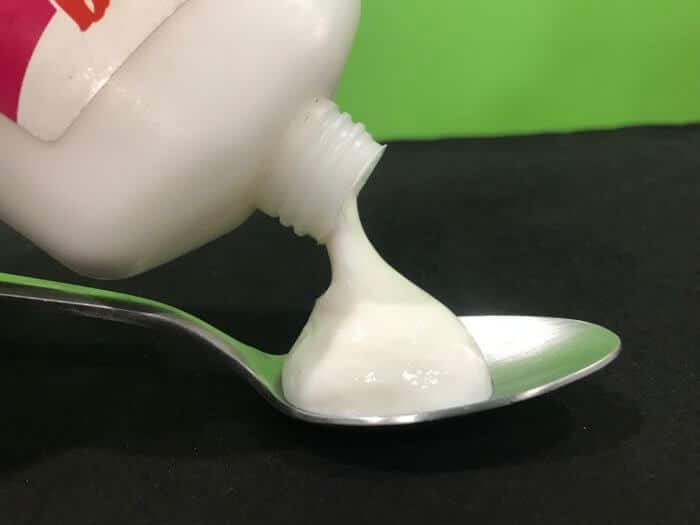

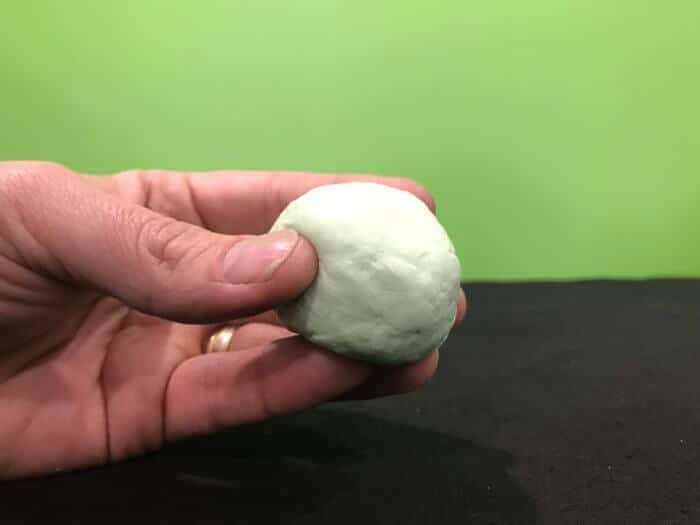
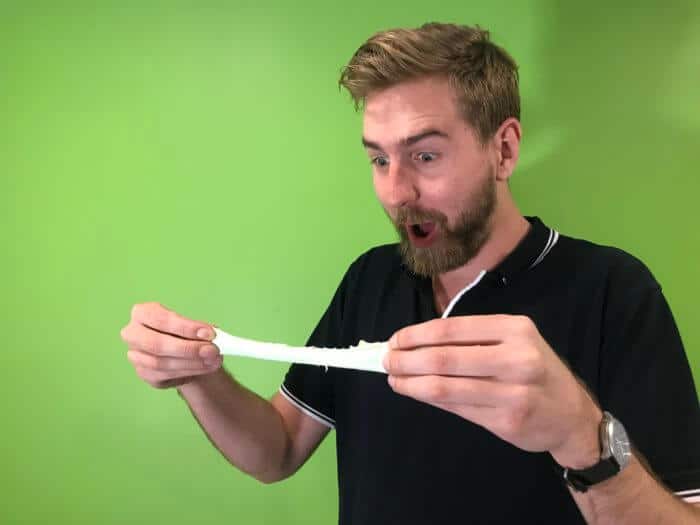
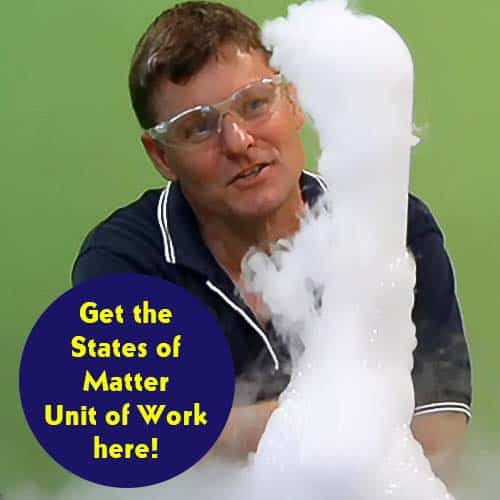
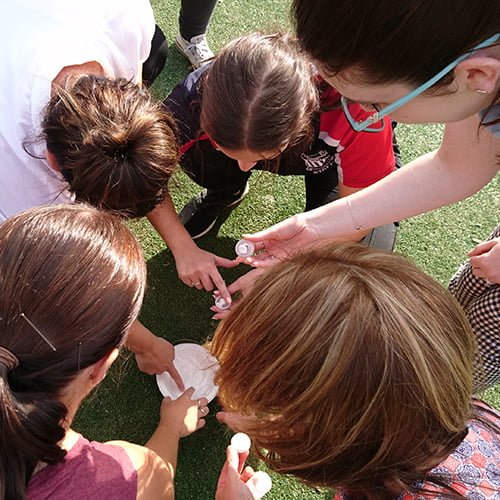

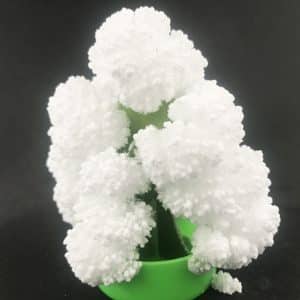




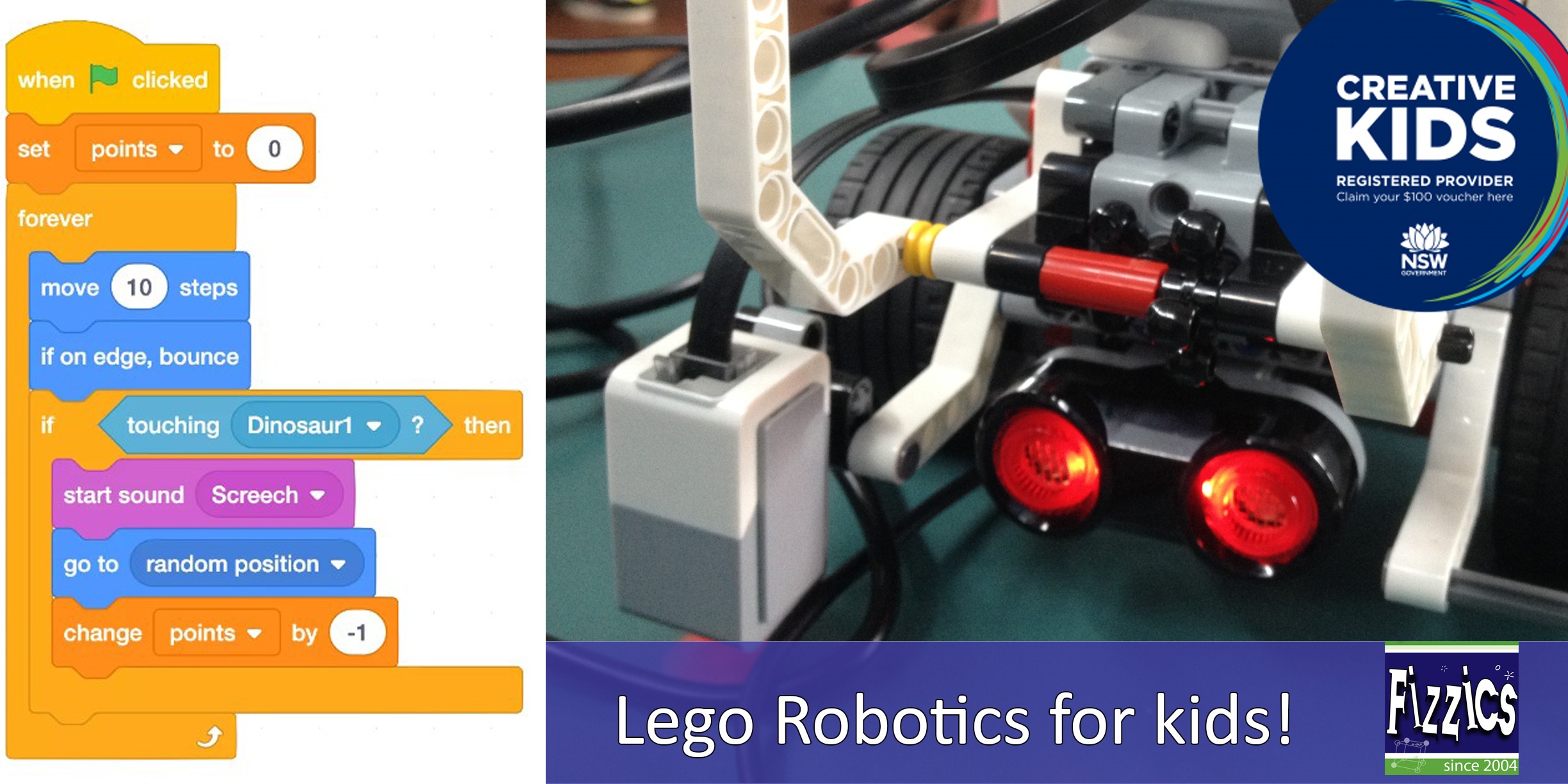
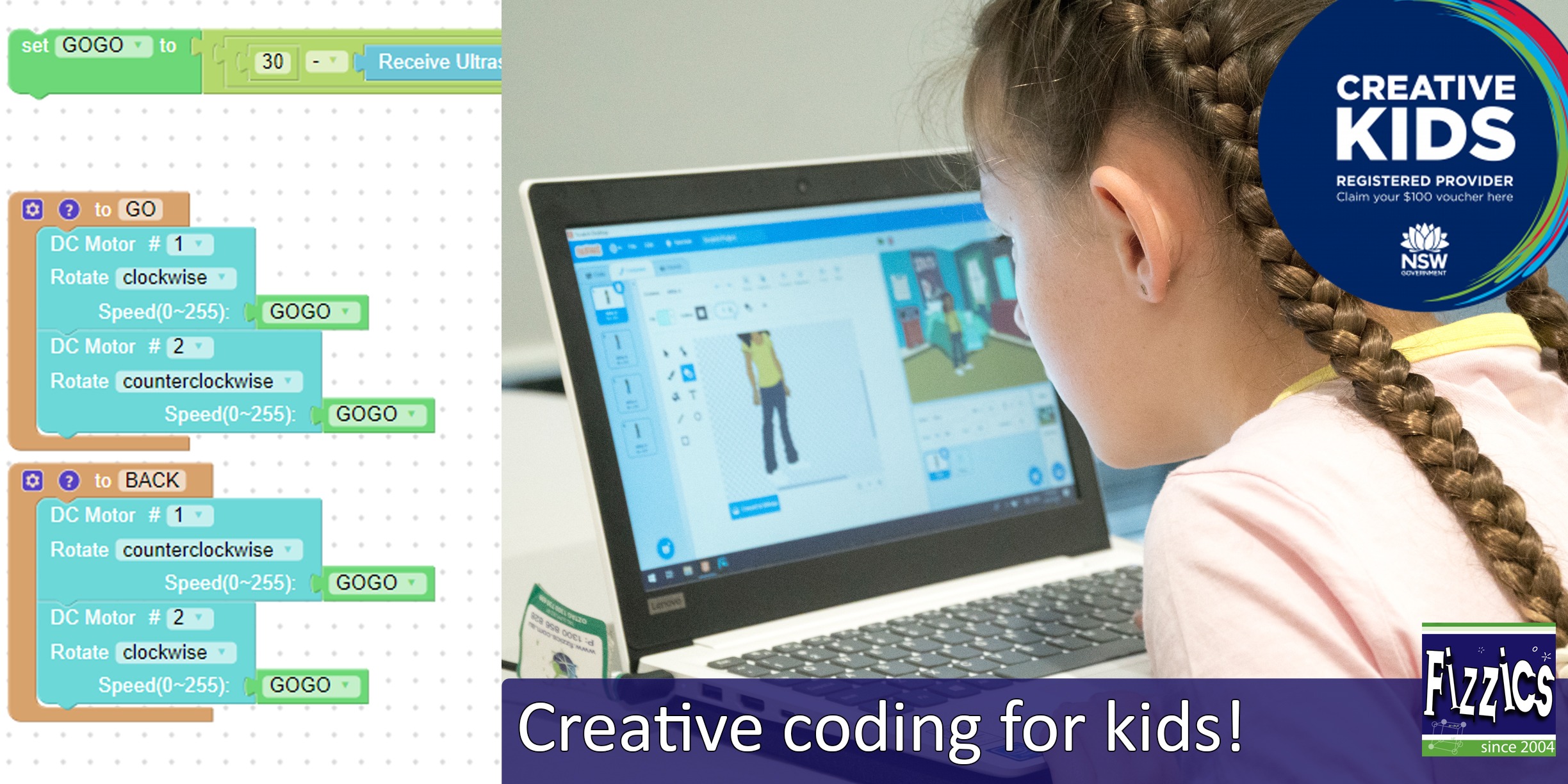
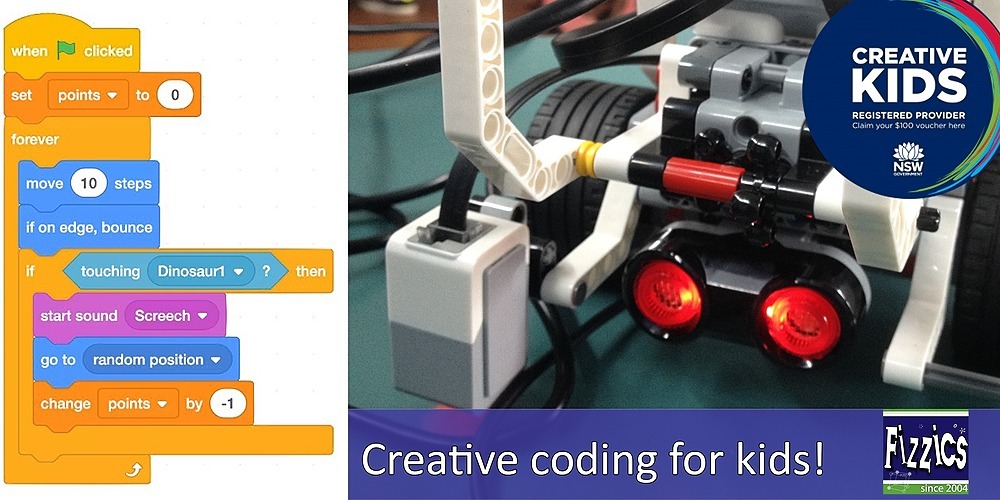
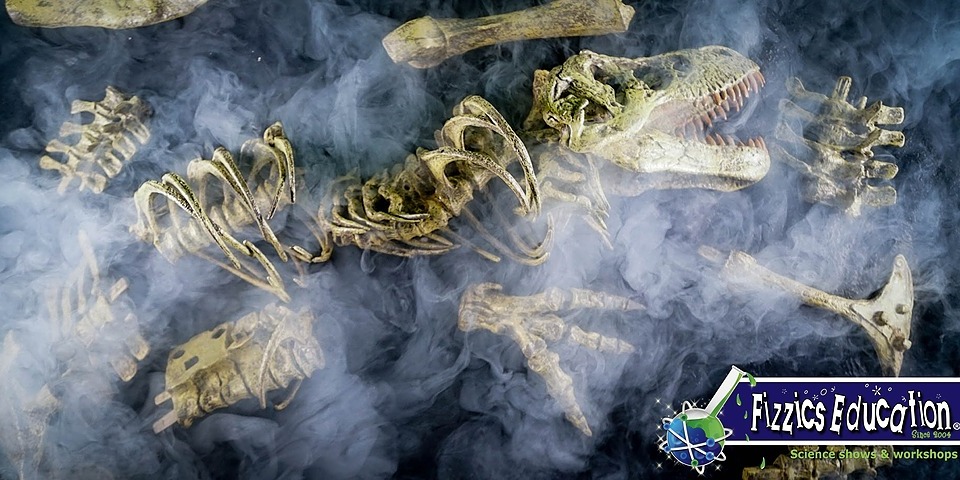





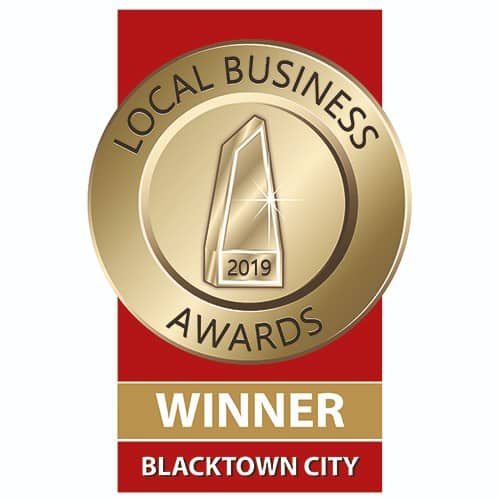






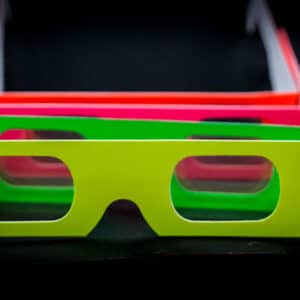


Nice
Glad you liked it!
Loved it! We did it in our school science club. My friend and I made a pink one. It was so fun 🙂
Awesome!